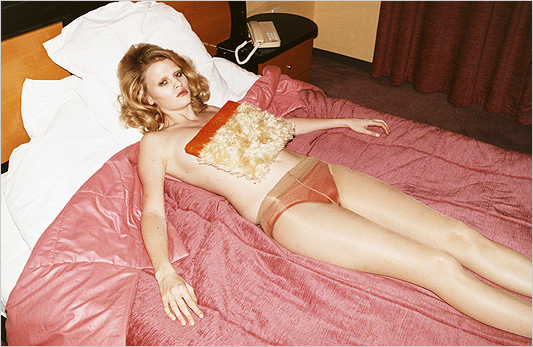Panelists Christine Baeumler, Seitu Jones, Nicholas Legerous, and Ralph Nelson of Loom Studio shared their recent projects as well as views on the latest concerns and trends in sustainable public art practices (including the desire for a word to replace sustainable!). An inquisitive group of students from Vesper College and a hearty group of Twin Cities based public artists spurred the discussion along.
Forecast collaborated with NEMAA, Vesper College, and The Institute for Advanced Study at the University of Minnesota to host the evening to celebrate and promote the newest issue of Public Art Review which focuses on the same theme.

As is always the case with good dialog many more questions were raised than answers given. Forecast collected written questions from the audience and encourages you to continue the discussion online. Feel free to add your thoughts to the questions posed below! Or just read them as food for thought.
Does the future of sustainable art making lie in the manipulation of living organisms as a medium – moving away from the static?
How can (public) art inspire “mainstream” America to act?- Brad Baso
What change needs to occur within (public) art as a practice in order to be even more sustainable? What is holding the field back? – Brad Baso
Where can one learn more about reusing water on one’s own property? Do you know of any city funded programs to encourage property owners to set up these types of projects? (related to a discussion on watershed art projects).
What are the negative & positive effects of the current economic downturn on sustainable public art & artists? – Laurie Phillips
Sustainability demands scientific, technical knowledge of creative professionals. Will “Sustainability” in art eventually lead us to merge the studio with the laboratory (or field studies) in a seamless synthesis? Where might this lead?
Nick differentiated between his world before and after being involved in a community. Could everyone comment on their experience working as part of a greater community? – Susannah
Please speak a bit more to how initiatives, community collaborations, and community history can become a part of sustainability.
How can public art be utilized better, especially concerning business as usual? Do you think art can help to change people value systems and help to work for social change?
How do beauty and emotion (of the work and process) help to build community and a better world?
When you envision a project that cuts across disciplines and public entities, is it best to approach them separately or together?
What skills, experiences, and insights do aritsts contribute to the sustainability community of scientists, government business, etc? Why should they be at the table? – Brad Baso
Does public art create change within or in spite of the system? – Brad Baso
What is being sustained in sustainability? – Jon Spayde
“Sustainability” – overused indeed, so what buzz word should we start using instead?
How do you break into public art “creating sense of place” when pigeon-holed by commercial sense of place?
How do you get started in public art if your background is in commercial art but your heart is public?



 Recently I had the good fortune to see the
Recently I had the good fortune to see the 













